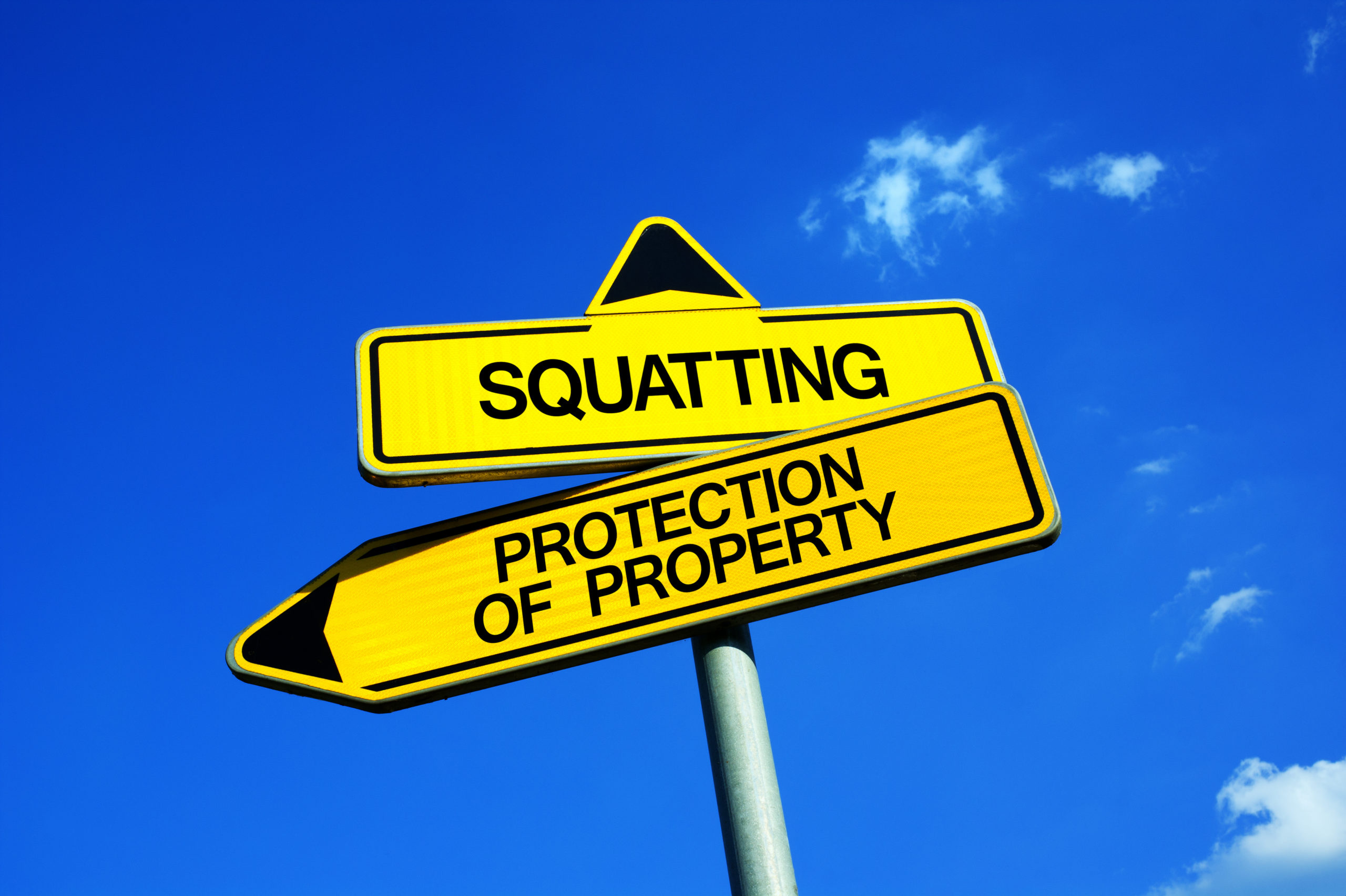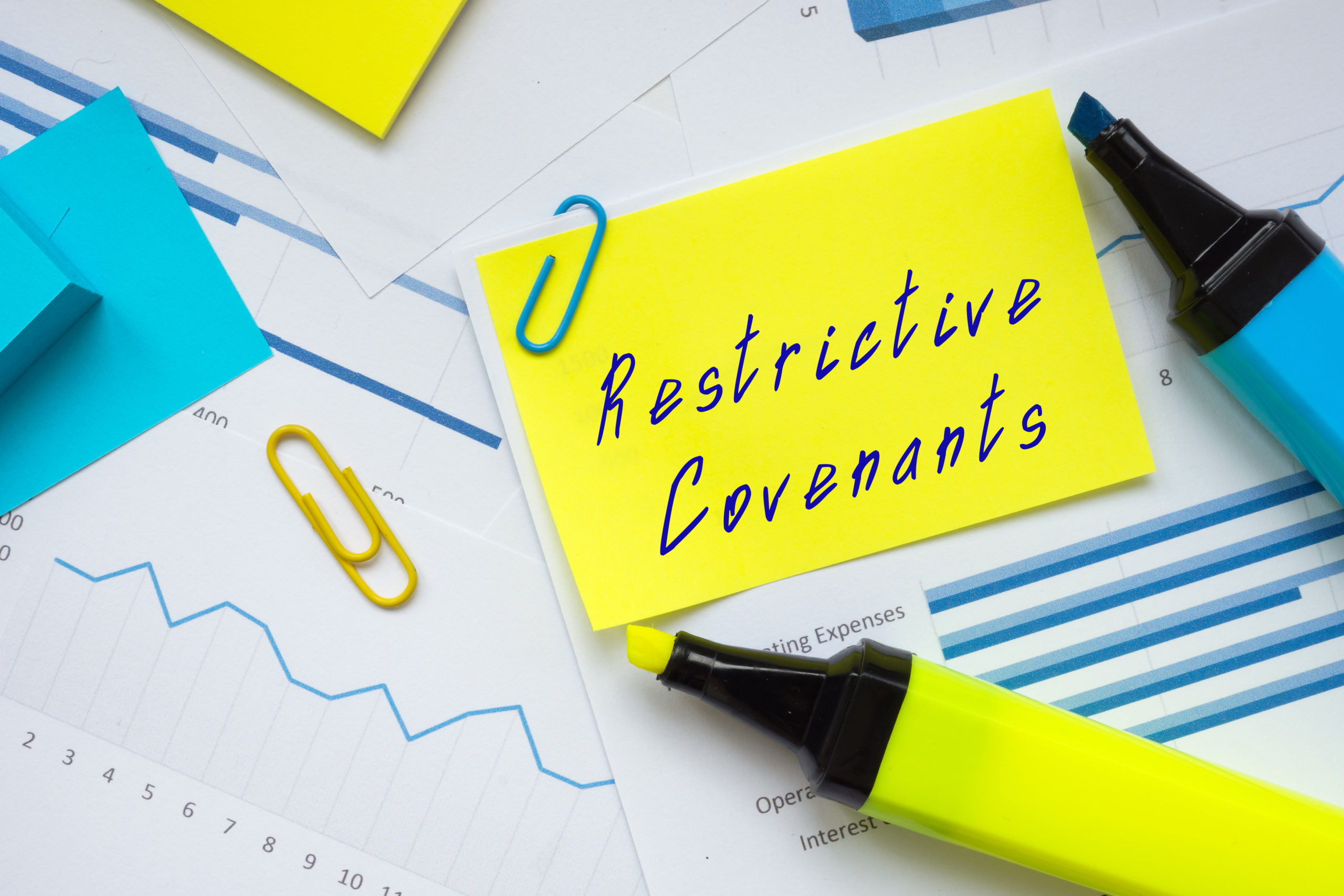Adverse Possession and Development Sites.
In the next instalment of our series on legal issues effecting development sites, Real Estate Partner Owen McKenna considers the concept of “adverse possession”, where sites have no documentary title to the whole, or part, of the land within the physical boundary.
There is no statutory definition of adverse possession, but case law has established that an adverse possession of land is the possession of land in circumstances which are inconsistent with the title of the true owner. In these circumstances, to acquire title to the land in question the person in adverse possession (‘the squatter’) must prove one of the following:
- That they have factual possession of the land.
- That they have an intention to possess.
- That possession is without the express or implied permission of the true owner.
- That they and any predecessors through whom they claim has/have been in factual possession of the land with the necessary intention to possess and without the true owner’s consent for at least 12 years (in the case of unregistered land) or 10 years (in the case of registered land) prior to date of the application for registration.
So, what needs to be established under each of these elements?
Factual Possession
Possession depends on overt acts. The squatter must show:
- A sufficient degree of physical custody and control of the land.
- Single or joint possession, which was exclusive.
- That they dealt with the land as an occupying owner and might have been expected to deal with it.
Intention to Possess
The intention to possess is an intention to exercise physical custody and control ‘on one’s own behalf, for one’s own benefit, and to the exclusion of all others, including the owner with paper title’.
Evidence from the squatter as to their state of mind is unlikely to be of value in proving an intention to possess. Instead, intent must be inferred from, and is often demonstrated by, the acts of factual possession on which the squatter is relying i.e., erecting a fence which excludes everyone but the squatter. Where those acts are explicable on some other basis or are equivocal, some other compelling evidence will be required to establish that the squatter was demonstrating to the world an intention to exclude all others (including the true owner) from that land.
It is sufficient for these purposes if the squatter shows:
- An intention to possess, as opposed to an intention to own.
- An intention to possess, as opposed to an intention to dispossess. Intention can be shown even if both the true owner and the squatter mistakenly believe that the land belongs to the squatter, or where the squatter did not realise that they were trespassing.
- An intention to possess ‘for the time being’—it is not fatal if the squatter would have given up possession had they been asked to do so by the true owner.
It does not matter if there is no identifiable paper title owner, nor what class of title they hold: the intention must be to exclude the paper owner, whoever they are and whether their identity is known.
Permission from the true owner:
Possession cannot be adverse if it is enjoyed with the express or implied permission of the true owner. It has previously been suggested in case law that an implied permission would arise if the true owner, with knowledge of the squatter’s occupation, nevertheless stood by and refrained from attempting to recover possession. However, later case law makes clear that silent acquiescence on the part of the true owner is not a sufficient basis for implying a grant of permission. Instead, there must be some overt act (which can be non-verbal) or clear circumstance from which it can be inferred or implied that permission is being given to do something which would otherwise be a trespass.
Periods of possession:
Where the land is unregistered, the required period of adverse possession is a continuous period of at least 12 years from the date when the true owner was first dispossessed. Longer periods apply for example where the true owner is the Crown (which includes the Duchy of Cornwall and the Duchy of Lancaster), or where the land is foreshore (i.e., the shore and bed of the sea and of any tidal water, below the line of the medium high tide between the spring tides and the neap tides).
Depending on where the land is registered, there are two potential periods:
- If adverse possession has been enjoyed for a continuous period of at least 12 years from the date when the true owner was first dispossessed and at least 12 years of that period occurred before 13 October 2003, then that period is sufficient to entitle the squatter to apply to the Land Registry to be registered with a possessory title in accordance with the ‘old’ rules.
- If adverse possession has been enjoyed for a continuous period of at least 10 years from the date when the true owner was first dispossessed, and some part of that period occurred on or after 13 October 2003, then that period is sufficient to entitle the squatter to apply to the Land Registry to be registered with a possessory title in accordance with the ‘new’ rules.
Although the required period of adverse possession is shorter under the ‘new’ rules, the law and procedure for securing a possessory title has been made considerably more rigorous.
How does a squatter document their adverse possession?
The evidence in support of a title claimed by way of adverse possession will documented by way of a suitable statutory declaration by the squatter and should cover all matters of relevance relating to the above.
For further analysis of adverse possession and any issues your development site may have, please contact Owen McKenna at Owen.McKenna@beyondcorporate.co.uk
By Owen McKenna















































































